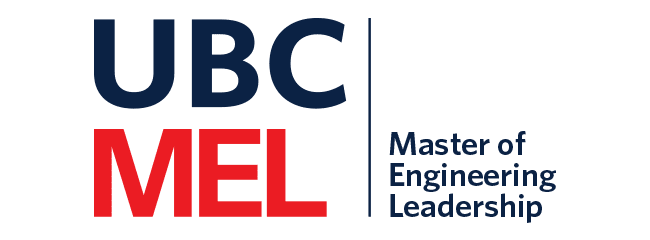
Optimizing water distribution networks

Barbara Lence, former Program Director of the MEL Integrated Water Management, and her former Ph.D. student Naser Moosavian, co-authored a paper that tested 10 evolutionary algorithms for optimizing water distribution networks. The paper was extremely well received, winning the Thomas C. Keefer Medal from the Canadian Society for Civil Engineering as the best civil engineering paper in hydrotechnical, transportation or environmental engineering in 2020.
As Dr. Lence explains, designing water distribution networks that are hydraulically reliable, able to meet the demands of today and tomorrow for water and pressure, and that are robust and cost-effective is not an easy task.
Figuring out the optimal design and size of the pipes, pumps, reservoirs and valves that make up this system is a prime example of a non-linear discrete problem. These are known as particularly complex and thorny challenges, and similar challenges pop up in many other engineering domains.
Finding effective solutions
The complexity of a water distribution network makes it a good candidate for global optimization models based on evolutionary algorithms. These algorithms explain Dr. Moosavian, “search for the global optimum starting from populations of solutions, rather than from a single solution, as in Newton-based search methods.”
“A large number of solutions are generated in every iteration,” says Dr. Lence. “You can then look in areas where there are a lot of good solutions and exploit them.”
For the paper, the two selected 10 algorithms (including ones based on optimizing ant colonies, bee colonies, jazz improvisation and soccer leagues), applied them to the design of three water distribution networks and then used statistical analysis techniques to assess the effectiveness of each algorithm in terms of cost and performance measures.
Their conclusion is that “given a sufficient number of function evaluations, the covariance matrix adaptation evolution strategy and soccer league competition algorithm consistently converge to the global optimum, for large networks.”
Essential skills for water resource managers
Dr. Lence introduces MEL students to these concepts in her course Optimization and Heuristic Approaches for Civil Engineering Systems. “I want students to learn these techniques and be able to apply them,” she says.
“As water resource managers, they are going to be looking at multi-objective problems, and they need to be able to identify objectives and issues, be comfortable speaking the language of these mathematical models, and assess the trade-offs identified by the techniques.”
She says about a third of the class focuses on algorithms and other tools that can be used to explore water issues. The other third focuses on making decisions about waste load allocations in rivers to continue meeting water quality goals, and the final third is on reservoir management. Dr. Moosavian will lead some of the lectures for the summer 2022 class.
“Students are learning the domains of water quality management, reservoirs, and distribution and operation,” she says. “Tools like these algorithms help them formulate problems – and solutions—to evaluate trade-offs and decide if a plan or policy is effective and robust.”
Application Deadlines
The online application portal for the January 2025 has closed.
Get ready to apply!
Admissions for the 2026 intake will open on January 1, 2025.
How to ApplyAssess your Eligibility
Determine if your professional experience and academic background make you a fit for your desired program.
Start AssessmentJoin us for an
Info Session
Sign up for our latest online information sessions and discover what our programs have to offer.
Sign Up Now